When Renelle Kissoon walks along Mayaro’s shoreline today, the beach she sees vastly differs from her childhood memories. Ms Kissoon represents Cocal/Mafeking within the Mayaro/Rio Claro Regional Corporation, whose district encompasses half of Mayaro’s beaches. She witnessed firsthand how massive sargassum mounds have transformed the coastline from a seasonal nuisance into a year-round crisis.
“Growing up, we didn’t know anything about sargassum – that was never the word,” Ms Kissoon recalls of her childhood in Grand Lagoon Village, mere walking distance from the beach. “We would always refer to it as seaweed. It would just be a period when the beach was dirty this time of the year.”.
“We were never allowed to touch sargassum. It was always dirty and smelly. There are creatures that live in the seaweed like little insects, so as a child, even if you’d want to explore and observe, by the time you get close to it, the dead fish and insects walking around kept you away,” Ms Kissoon reminisced.
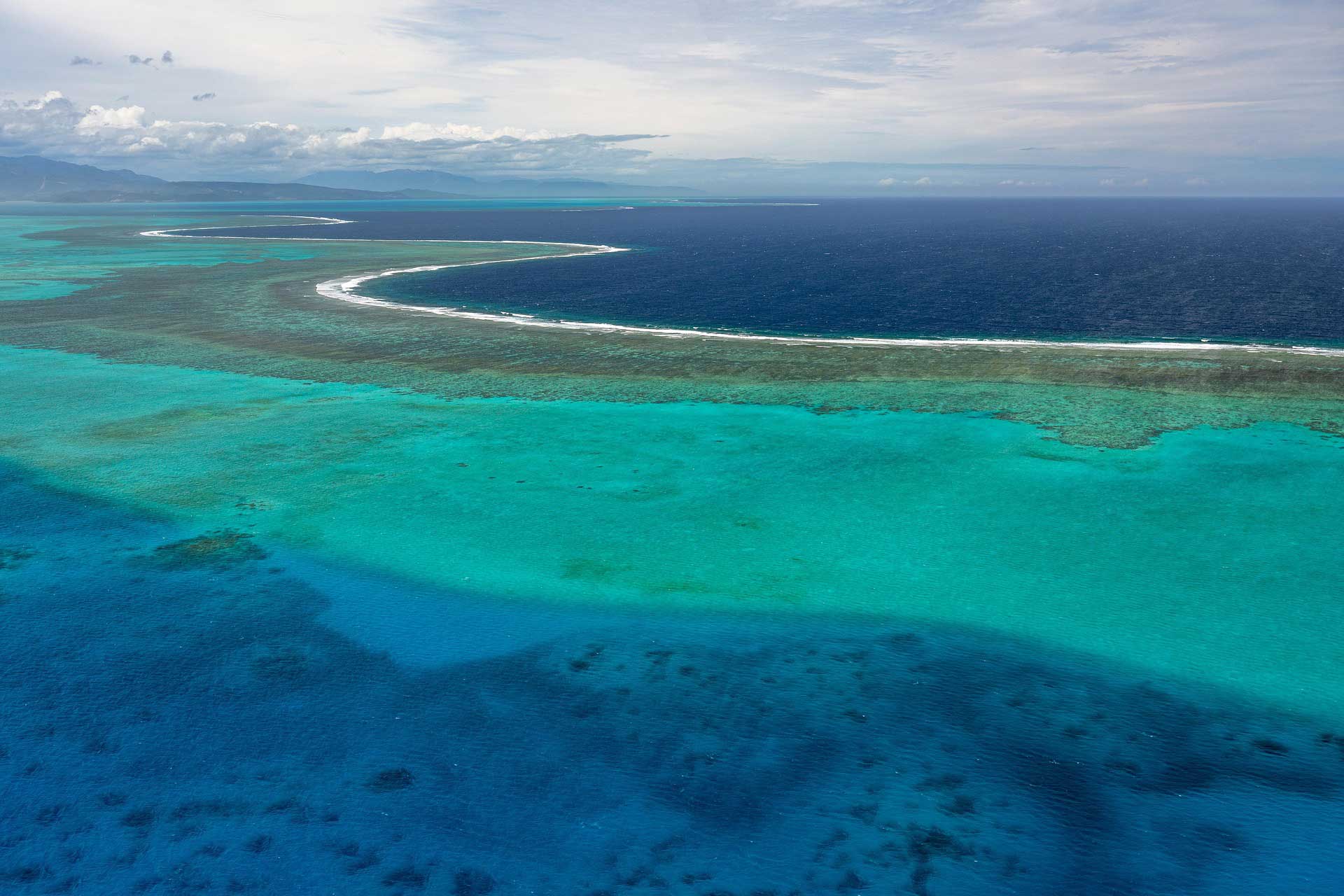
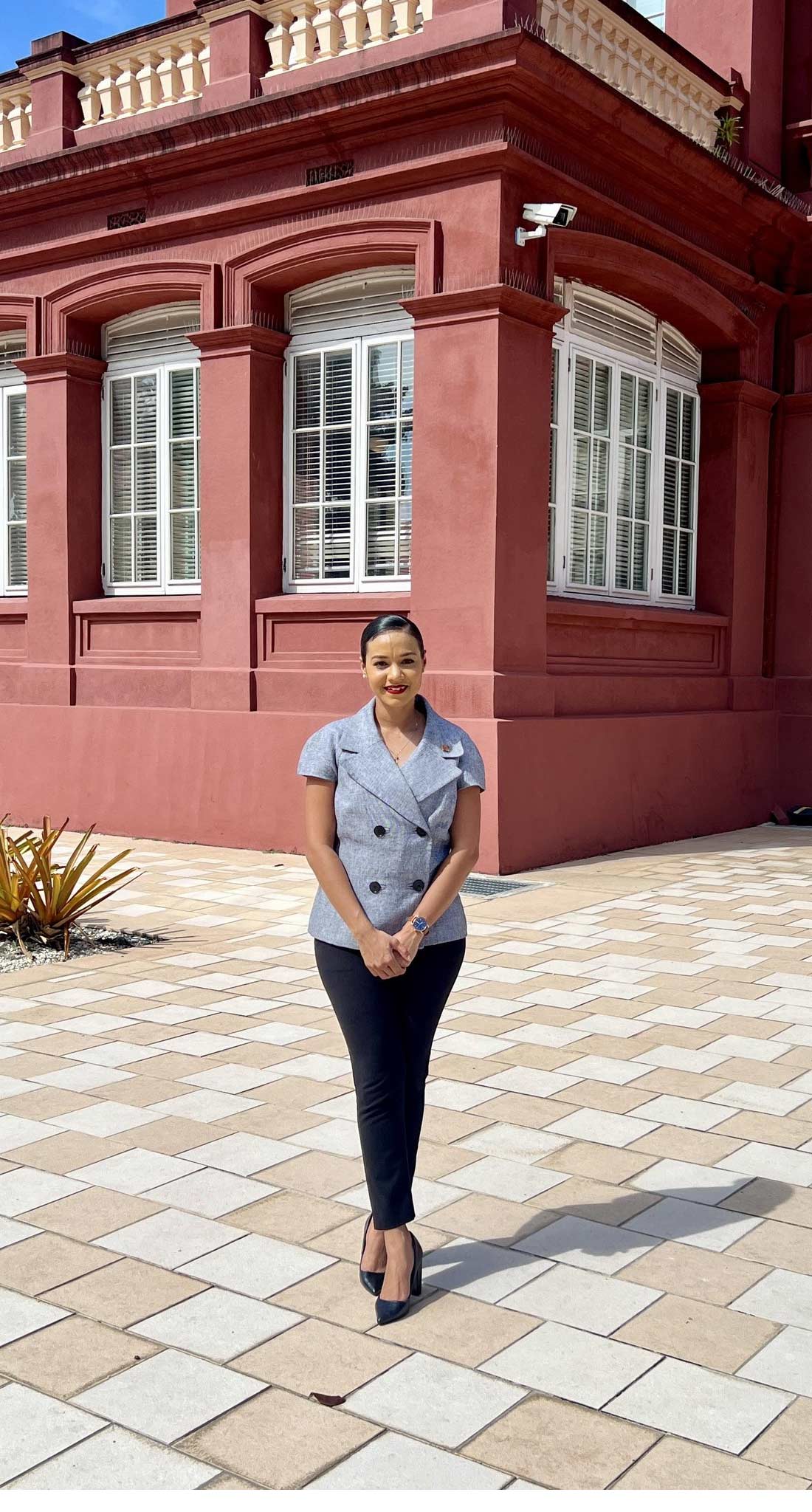
Grand Lagoon, like the adjacent but larger town of Mayaro, is primarily a fishing village in southeastern Trinidad. “Most young boys grow up knowing that they are going to be a fisherman because where they grow up, most drop out of school and head to the seas. They see their uncles and fathers. If they’re not working offshore in oil and gas, they’re fishermen,” remarked Ms Kissoon.
Women, on the other hand, are steered toward education. Ms Kissoon explained that elders frequently tell women that “it is no life for you in fishing,” in Mayaro, there are very few women in that field.
As a result, she went on to study at the University of the West Indies. During her time there, propelled by her desire for service after serving on the university’s student guild and seeing her mother, Ria Figaro, work with the United National Congress (UNC) in 2013, Ms Kissoon first ran in 2019 for the local government representative for Cocal/Mafeking.
Ms Kissoon recounted her mother’s words, “Oh, don’t you want to be a councillor? Why don’t you pay nominations?’ I asked, ‘What does this do?’ She said, ‘You always want more. You are always trying to do more for your community. This is just an avenue for you to help the community.”
After successful elections in 2019 and 2023, Ms Kissoon is now leading the charge in Mayaro to clean up and safely dispose of these mats of yellow-brown seaweed, which can be hundreds of metres wide, preventing access to east coast beaches.
She explained, “It really was about the community. It was only about wanting more for the community, and it’s the only reason I am still in politics now because I think here [Rio Claro/Mayaro] deserves more, deserves better.”
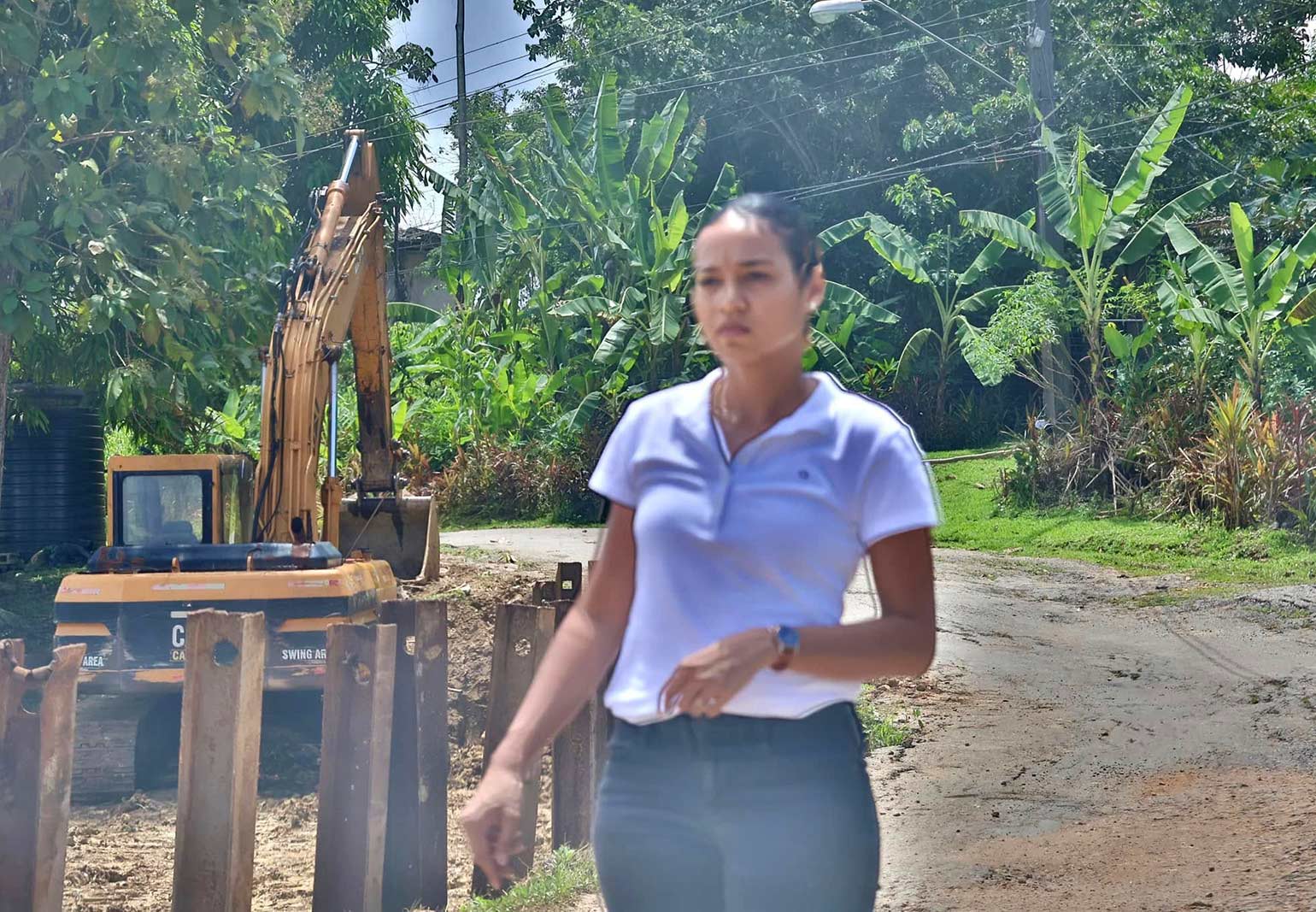
Photo: Facebook
As the local government representative responsible for a region with the largest shoreline extent, Ms Kissoon faces new challenges in dealing with sargassum – the issue of jurisdiction. “We are not officially responsible for the maintenance, cleaning or caring of beaches, which falls under the Ministry of Tourism, Culture and the Arts. Unofficially, we do it because it wouldn’t get done,” explained Ms Kissoon. Operating outside of their purview typically brings financial constraints. However, Kisson explained that the Mayaro/Rio Claro Regional Corporation owned a Barber Beach Cleaner, similar to an industrial-sized beach rake, that they utilised for peak periods like Easter, Carnival, and the July-August vacation, known as JAVA.
She said, “We have the manpower, we have the equipment, and the beaches are always dirty and always need cleaning.” Ms Kissoon has now taken on the role of advocating for a year-round program of beach maintenance instead of only conducting beach cleaning using heavy machinery ahead of anticipated peak periods
However, it is not as simple as instituting a schedule; as she explained, “One of the challenges we have specific to sargassum is even if we scrape it off the beach, we do not have somewhere to drop it off or dump it.” Outside of not having the trucks to transport the beached seaweed from the shoreline, it also has to be safely disposed of.
As a result, sargassum, currently collected on the beaches of Mayaro and even towards Manzanilla, is pushed into mounds at several locations on the shoreline. Ms Kissoon says the sargassum is returned to the ocean when tides rise and spread along the shore.
In 2024, two organisations, including the United Nations, contacted the municipal corporation to partner with them and look at possible solutions, including funding and developing products from seaweed. Ms Kissoon explained, “The sargassum problem, really and truly, is very new to us, and we’re now greasing the wheels, more or less, to try to figure out how to move forward.”
A Sargassum Task Force Emerges

According to Dr Rahanna Juman, the Deputy Director of Research at the Institute of Marine Affairs (IMA) and chair of the newly launched National Sargassum Management Task Force in 2024, sargassum has been identified as a major problem at the national level since 2011.
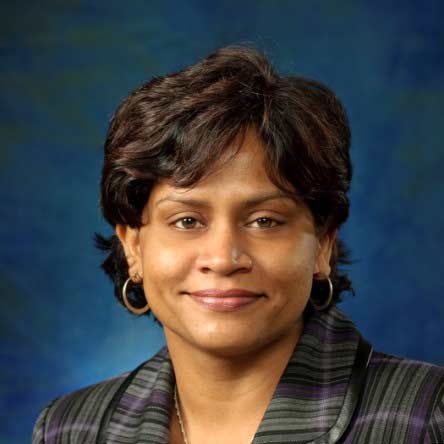
Dr Juman explained that due to the 2011 sargassum influx, stakeholders, including the United Nations Development Programme (UNDP), created a joint sargassum response plan in 2015.
The objectives of the then-drafted plan included developing and implementing an early warning system, a communication strategy, coordinated clean-up efforts and emergency response teams, research, and monitoring.
Also, in 2015, in tandem with the draft response plan, a proposal to develop a task force was put forward. Thirteen years later, the Cabinet appointed the national task force following funding from the Japanese government to build capacity to deal with sargassum and direction from the Minister of Planning and Development, Penelope Beckles.
While chaired by Dr Juman and the IMA, Dr Juman says it remains multi-disciplinary and multi-sectoral, so when sargassum is on T&T’s shores, all ministries, NGOs and government arms can act in tandem with the response plan from communicating the sargassum is nearing and arrived on T&T’s shoreline, to the removal and then safe disposal. Research is also being conducted by the University of Trinidad and Tobago (UTT) and the University of The West Indies (UWI) to determine commercial uses of the seaweed, such as conversion into manure, fertilisers, fungicides and fish food.
According to the UNDP, the implementing office for the “Project for Improving National Sargassum Management Capabilities in the Caribbean, funded by the Government of Japan,” Trinidad and Tobago was allocated US $1.9 million for equipment. This includes equipment such as floating booms and barriers, sargassum harvester vessels and barges for offshore collection and removal, tractors, and dump trucks for onshore removal.
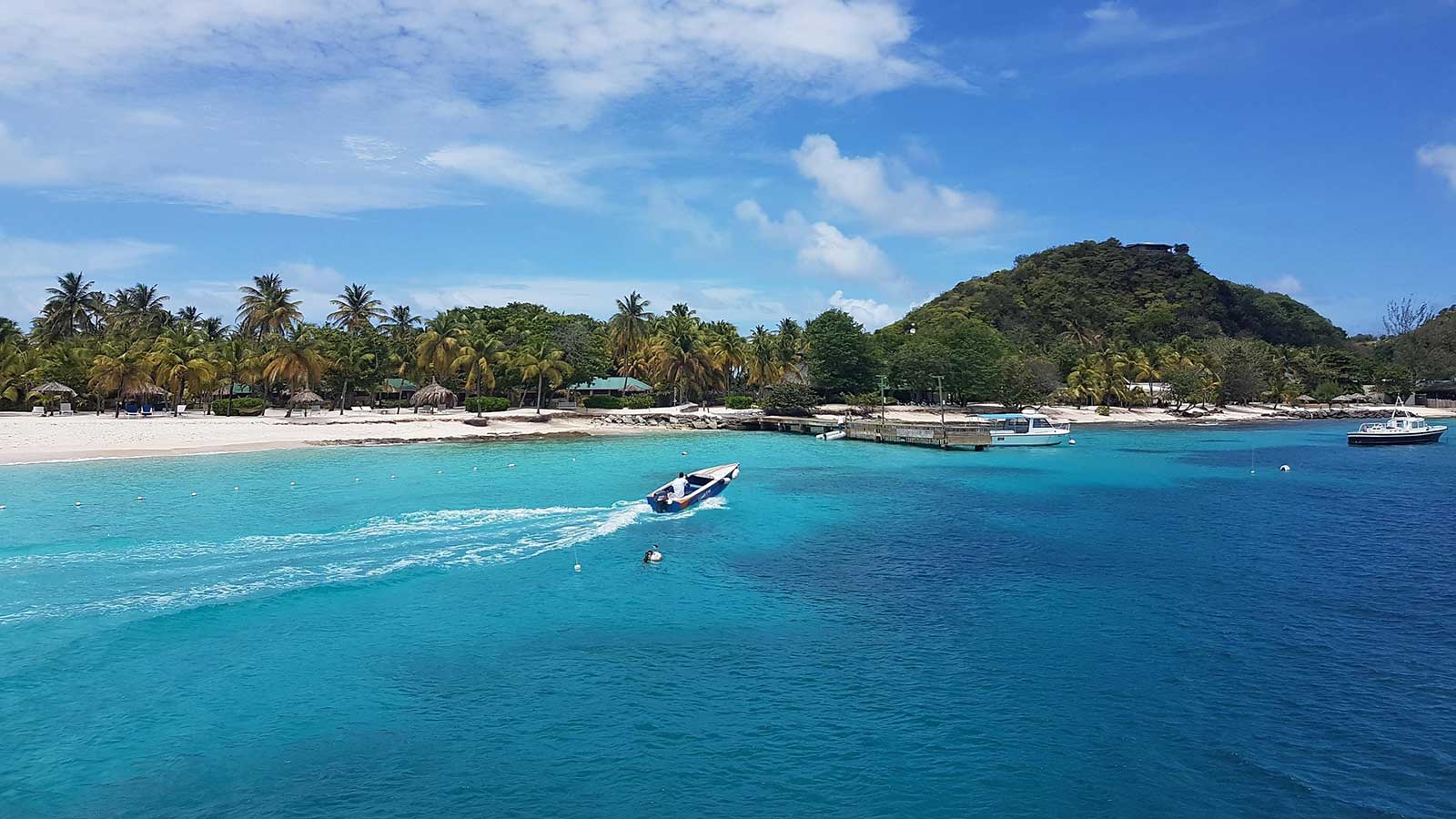
As part of the funding, Dr Juman says vulnerability studies are underway in collaboration with the UWI, the UTT, and the Trinidad and Tobago Meteorological Service to determine landfall points.
She explained that the task force’s purpose is to prevent the duplication of work, as many local and regional stakeholders - as it happens in Mayaro - are already working in this space, and funds are limited.
The Tobago House of Assembly, through the Tobago Emergency Management Authority and Department of Environment, have developed their response plan and have identified sites for storage/disposal in the east, central and southwest Tobago with appropriate designated perimeters to minimise impacts on terrestrial plant life and the impacts of odours.
The Sangre Grande Regional Cooperation, with technical assistance from the IMA, has also identified potential storage/disposal sites within the Cooperation, according to Dr Juman. “We’re looking at using satellite imagery to do trajectory modelling and looking at landfall – where it’s going – to set up a system so that we could do early warning,” Dr. Juman said.
Dr Juman explained that when it comes time to warn coastal communities because the infrastructure exists through the Office of Disaster Preparedness through the Public Alert Notification System (PANS), “it will probably be [issued] through them."
In addition, satellite tracking of sargassum mats is neither novel nor unique, as Texas A&M University and the University of South Florida have used and produced sargassum tracking products. However, this is the first time, according to Dr Juman, it is being done locally to develop early warning.



 TRINIDAD & TOBAGO
TRINIDAD & TOBAGO
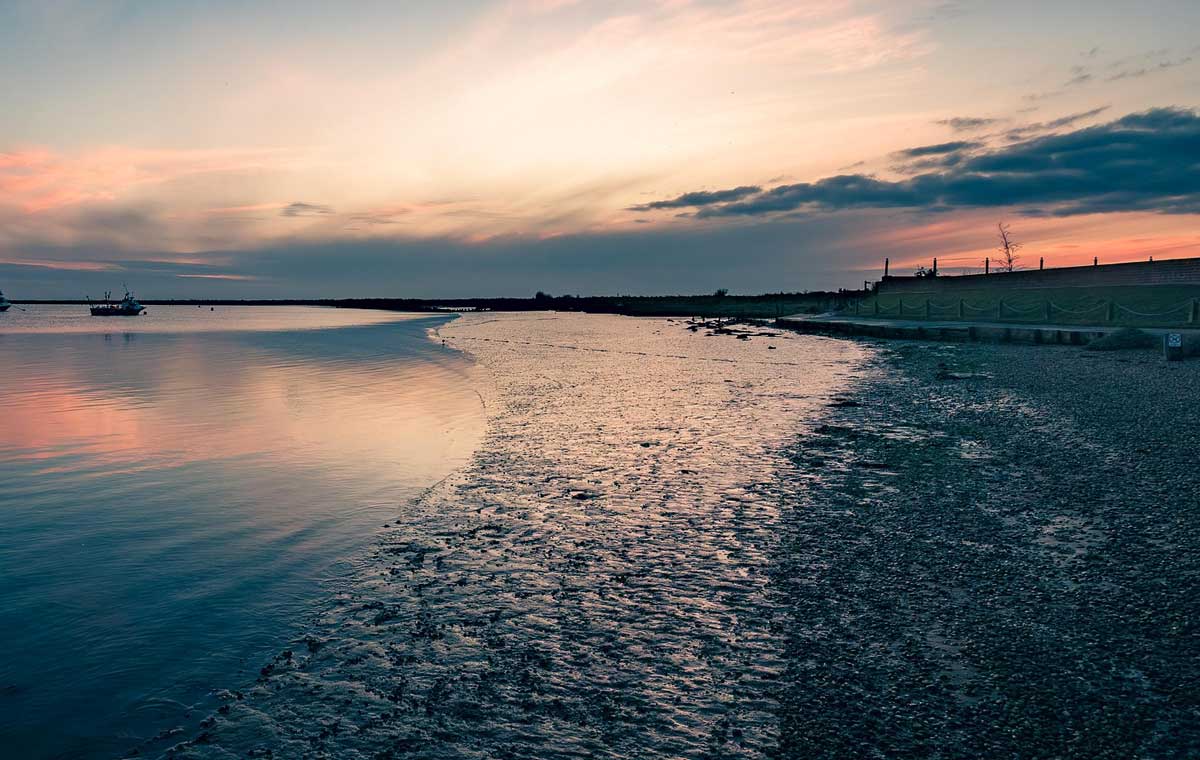

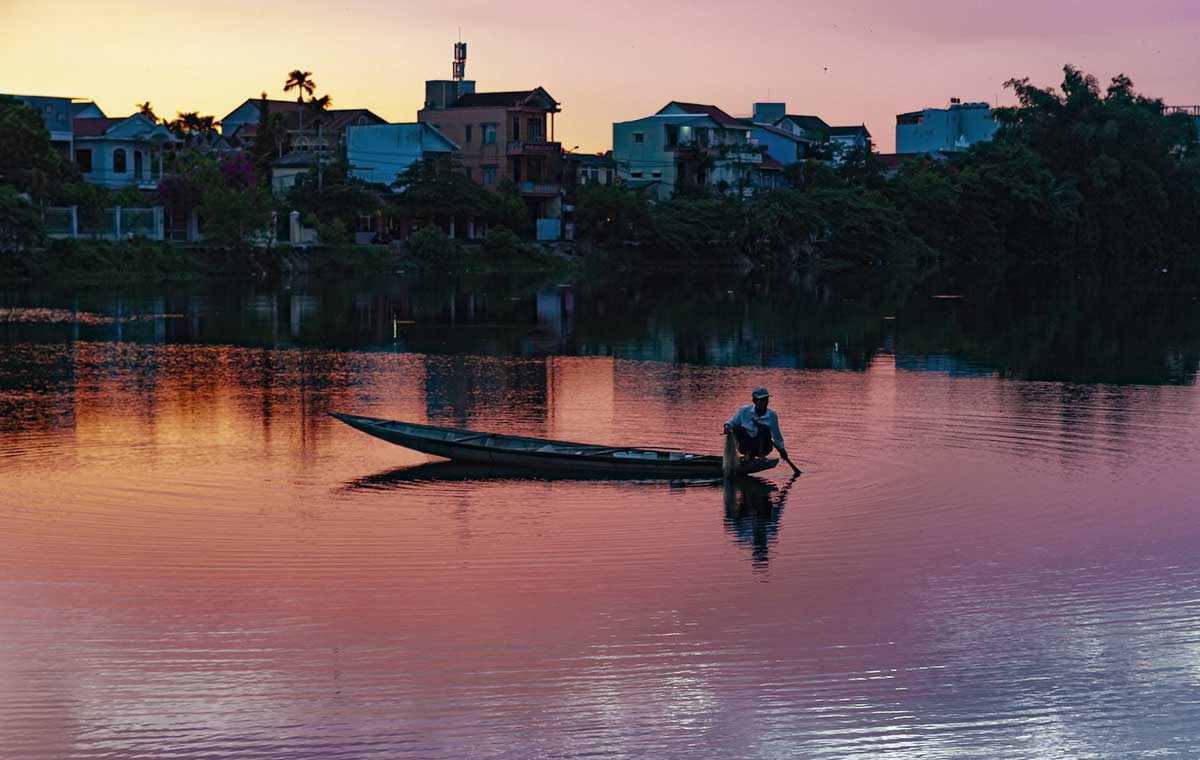
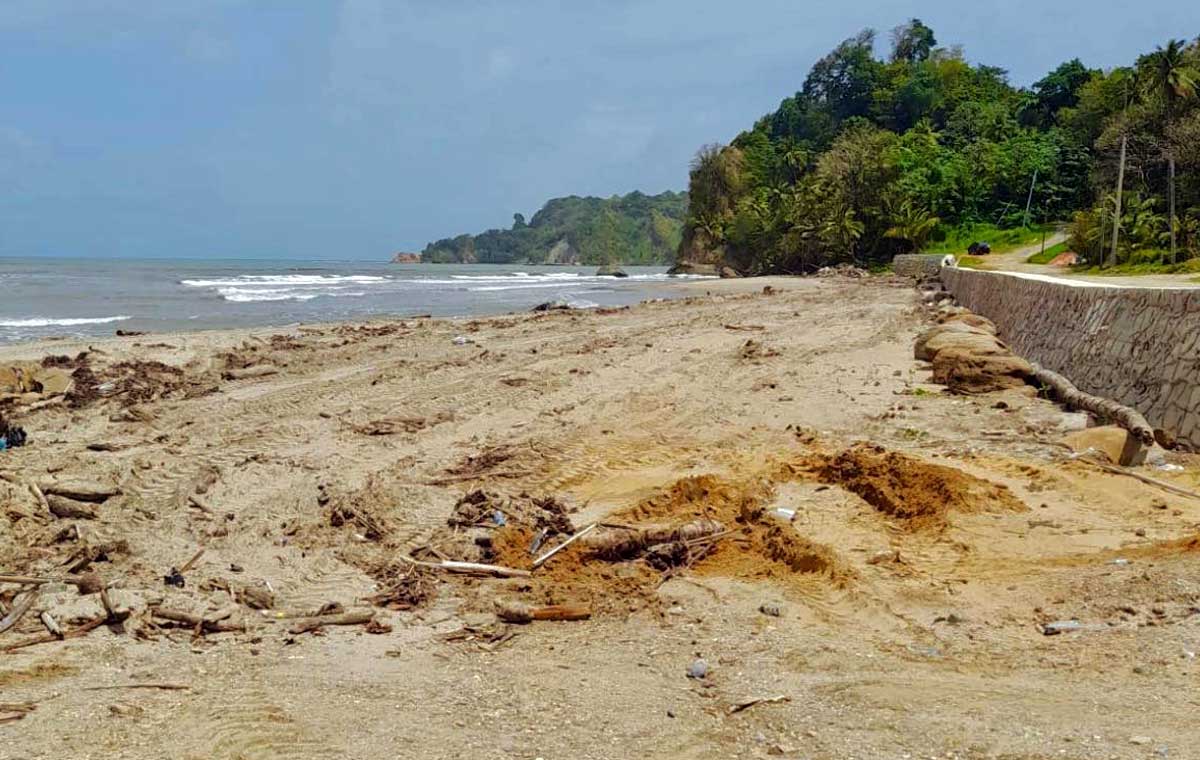
 Brazil
Brazil  Mexico
Mexico